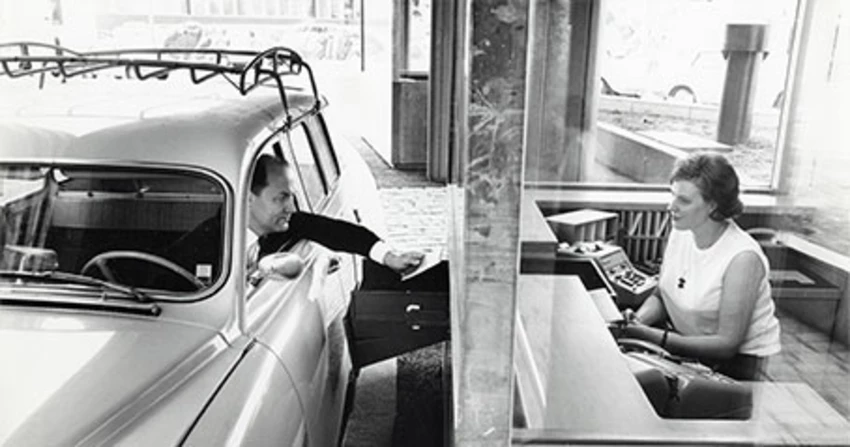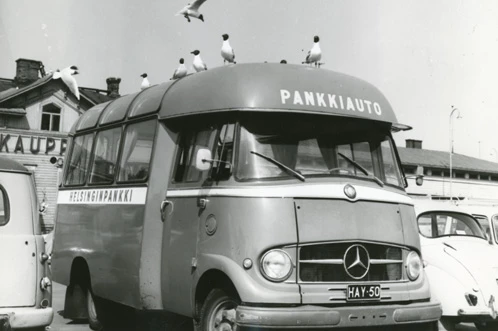Roots dating back to 1820
Our family tree of around 300 banks includes some of the oldest banks in the Nordic region. These banks were pioneers in the establishment of a commercial banking industry.
Sparekassen for Kjøbenhavn og Omegn
Denmark 1820
Wermlandsbanken
Sweden 1832
Christiania Kreditkasse
Norway 1848
Föreningsbanken i Finland / Suomen Yhdyspankki
Finland 1862
























